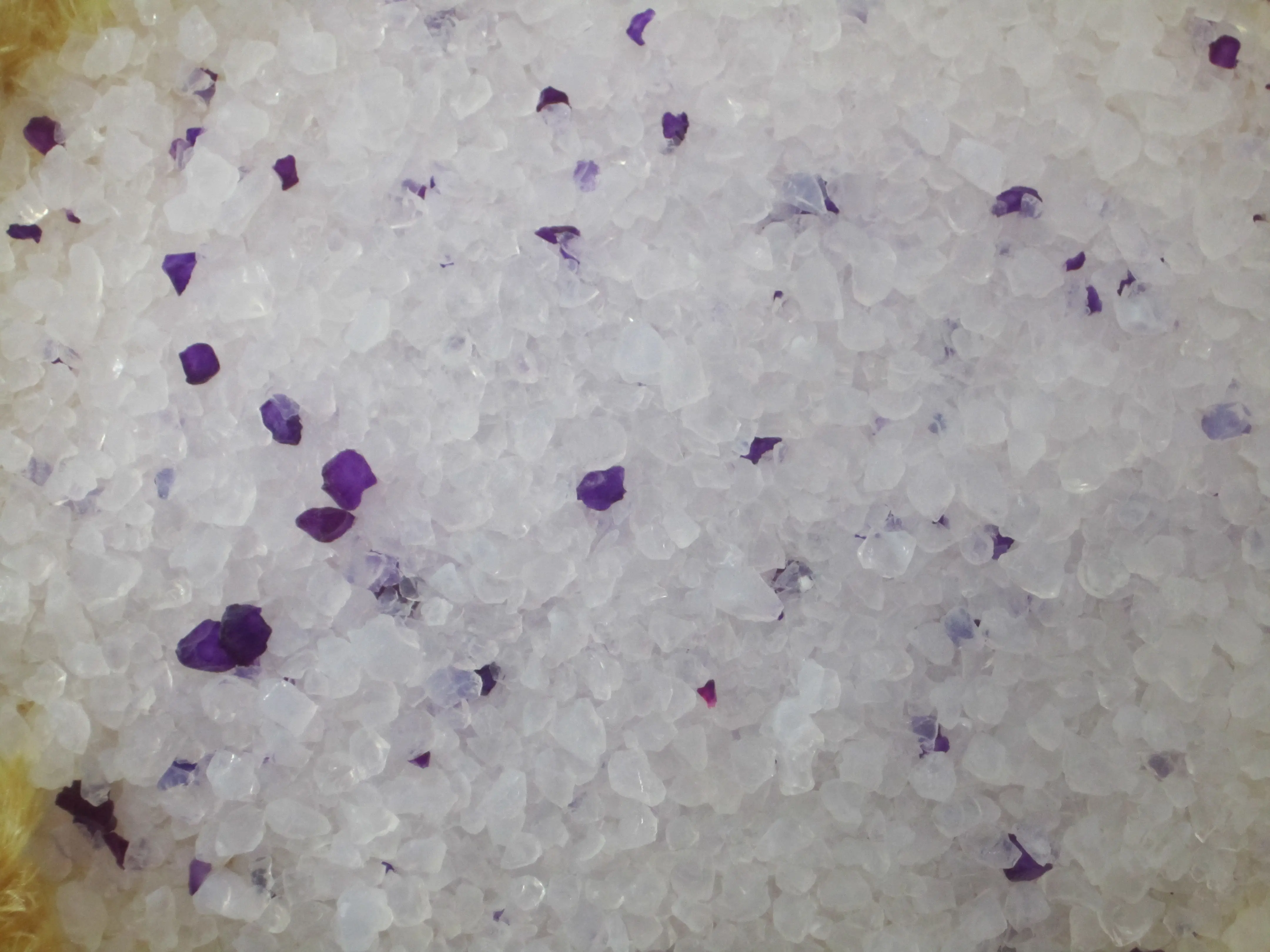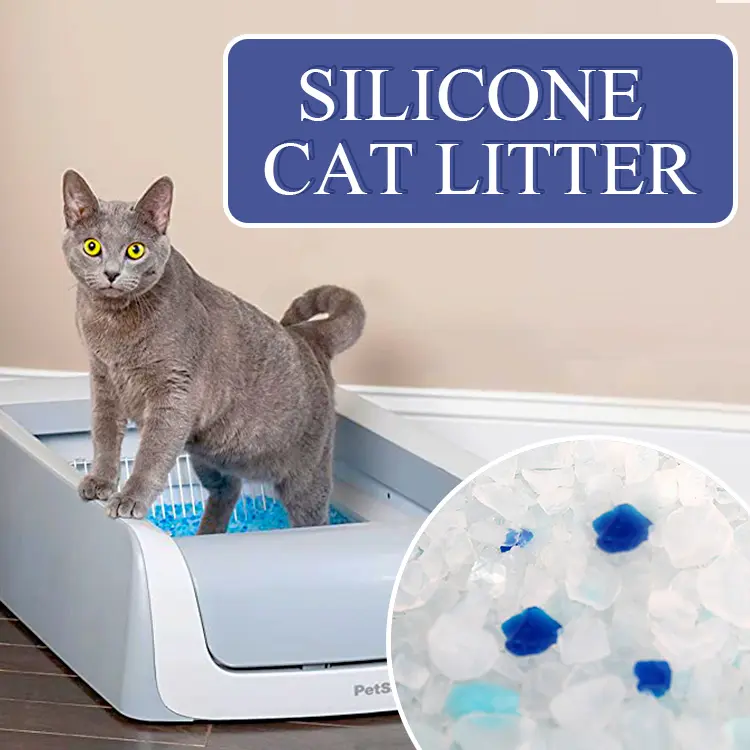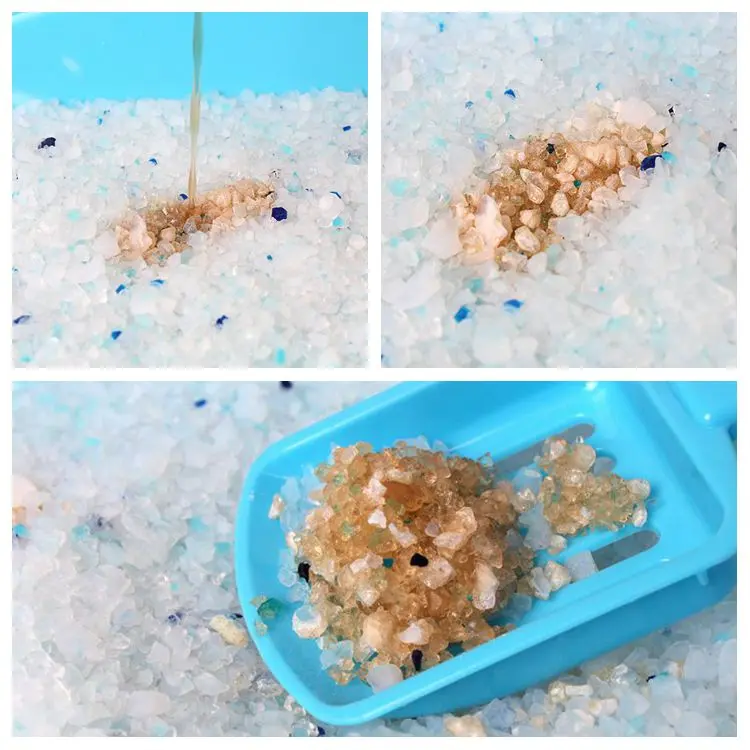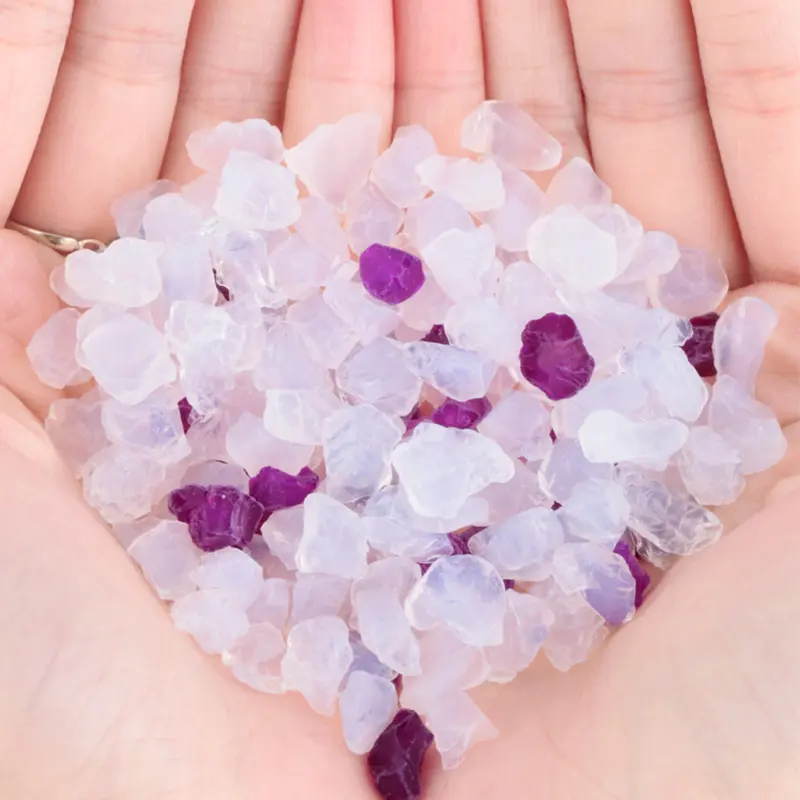Disposing of Crystal Cat Litter: A Sustainable and Efficient Approach
Cat owners have always been on the lookout for efficient and eco-friendly ways to manage their feline companions' waste. Crystal cat litter, with its ability to absorb moisture and odor effectively, has gained popularity among cat lovers worldwide. However, properly disposing of this type of litter can sometimes pose a challenge. Here's a comprehensive guide on how to dispose of crystal cat litter responsibly and sustainably.
Understanding Crystal Cat Litter
Before we delve into disposal methods, let's briefly understand what crystal cat litter is. Crystal cat litter is made primarily from silica gel, a highly porous material that has the capacity to absorb large amounts of moisture and odors. It comes in small, crystalline particles that can clump or not, depending on the brand and formula. This makes it a popular choice among cat owners who prefer low-maintenance and odor-free litter options.
Flushing is Not Recommended
Contrary to clumping clay litter, flushing crystal cat litter down the toilet is generally not advised. While some brands claim to be flushable, the majority of crystal litters are not biodegradable and can cause clogs or damage to septic systems and sewage treatment plants. Therefore, it's crucial to avoid flushing crystal litter under any circumstances.
Composting: A Sustainable Option (With Caution)
Composting is an environmentally friendly way to dispose of organic waste, but it's not straightforward when it comes to crystal cat litter. While the urine and feces are biodegradable, the silica gel crystals themselves are not. Mixing them with compost can contaminate the final product and potentially harm plants or soil.
However, if you're determined to compost your cat's waste, you can separate the solid waste (feces) from the litter and compost the former separately. The litter should be disposed of via other methods outlined below.
Trash Disposal: The Practical Choice
The most practical and widely accepted method of disposing of crystal cat litter is through regular trash disposal. Here are a few tips to ensure you do it safely and efficiently:
Scoop Regularly: Scoop out solid waste (feces and clumped litter, if applicable) daily or as needed to minimize odor and keep your litter box clean.
Bag It Up: Use biodegradable or compostable trash bags to dispose of the solid waste and any soiled litter. This helps reduce the risk of leakage and unpleasant odors.
Double-Bag If Necessary: For extra protection against leaks and odors, consider double-bagging your litter waste.
Seal Tightly: Tie your bags securely to prevent any accidental spills or unpleasant smells from escaping.
Place in Outdoor Trash Bin: Place your sealed bags in an outdoor trash bin designated for non-recyclable waste. Ensure that it's accessible for trash collectors to pick up regularly.
Recycling and Reusing (If Possible)
While crystal cat litter itself is not recyclable, some brands offer refillable litter systems that reduce waste generation. By using reusable litter boxes and liners, you can minimize the amount of litter that ends up in landfills.
Furthermore, some cat owners have found creative ways to reuse their crystal litter. For instance, they might spread a thin layer of dried litter on the bottom of their houseplants' pots to absorb excess moisture and prevent root rot. However, it's essential to note that this practice is not universally recommended and should be approached with caution to avoid harming your plants.
Conclusion
Disposing of crystal cat litter responsibly is crucial for maintaining a clean and healthy environment for both you and your feline friend. By avoiding flushing, considering composting options with caution, and opting for trash disposal as the practical choice, you can ensure that your litter waste is managed sustainably. Remember, even small actions like using biodegradable bags and recycling where possible can make a big difference in reducing waste and protecting our planet.






